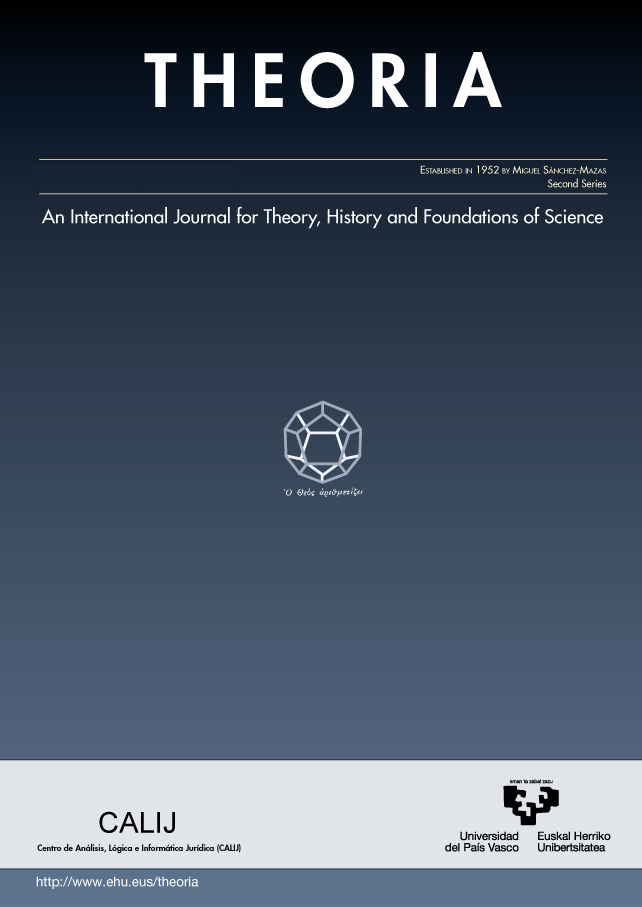Duchenne smiles are actions not mere happenings: lessons from the debate on expressive action
##plugins.themes.bootstrap3.article.main##
##plugins.themes.bootstrap3.article.sidebar##
Abstract
In this paper, I will argue that, contrary to what is generally assumed in the debate on expressive action, we do not have good reasons to exclude facial and bodily expressions of emotion such as smiling or frowning from the category of actions. For this purpose, I will compare facial and bodily expressions of emotion with simple expressive actions, such as jumping for joy or covering one’s face in shame. I will try to show that simple expressive actions cannot be presented as actions while excluding facial and bodily expressions of emotion from this condition. My contention will then be that either both sorts of behaviour are to be identified as actions or neither is. The latter sounds rather implausible, though, as we would have to assimilate jumping for joy or covering one’s face in shame to spasms, which conflicts with the way we relate to such behaviours. My conclusion will then be that both simple expressive actions and facial and bodily expressions of emotion should be included within the category of actions, at least on the basis of the main assumptions in the current debate on expressive action.
How to Cite
##plugins.themes.bootstrap3.article.details##
rationality, instrumentality, voluntariness, responsiveness, evaluative perspective

This work is licensed under a Creative Commons Attribution-NonCommercial-NoDerivatives 4.0 International License.
Authors retain copyright and grant the journal right of first publication with the work simultaneously licensed under a Creative Commons License.


 https://orcid.org/0000-0001-6702-3707
https://orcid.org/0000-0001-6702-3707